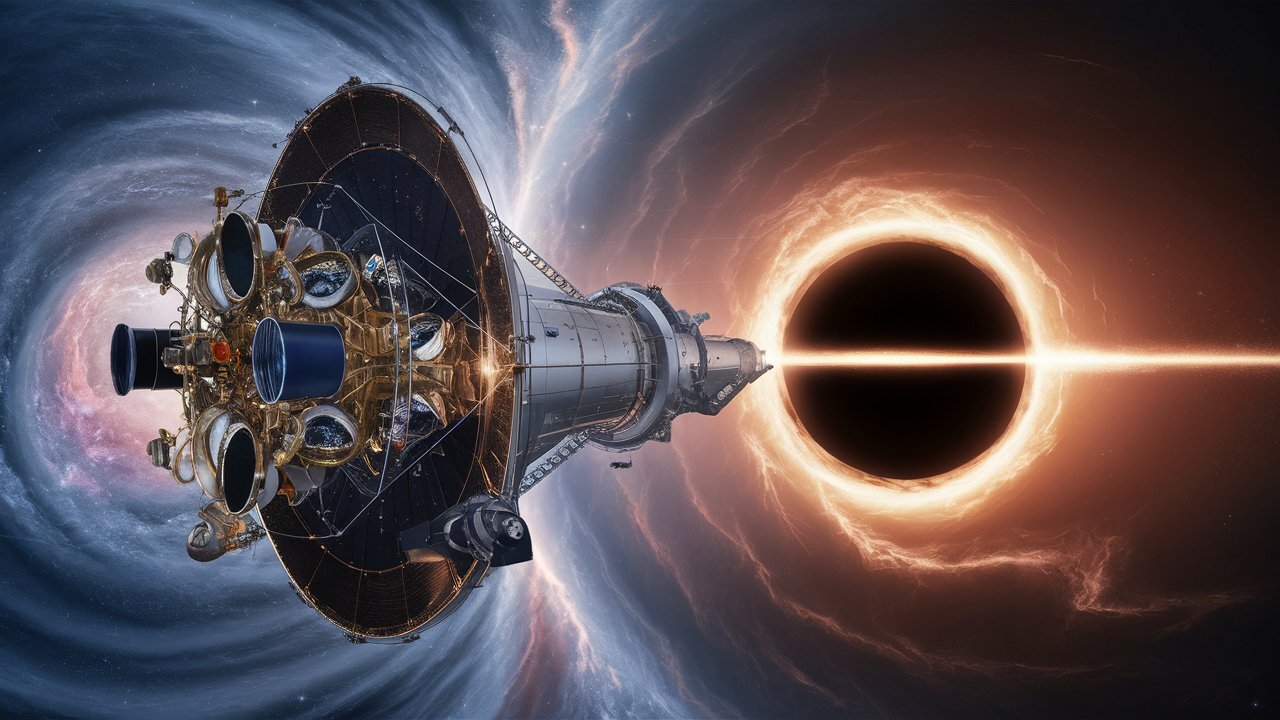For the first time in history, scientists will be able to directly study the faint glow of stars in these distant galaxies, previously obscured by the bright light of central black holes known as quasars.
These quasars are powerful sources of energy that outshine their host galaxies thousands of times. But JWST’s solution allowed researchers to decipher the light signals, revealing the truth: The supermassive black holes in these ancient galaxies are 100 times more massive than their counterparts in the modern Universe.
This discovery adds another layer of mystery to the black hole formation process. According to standard models, these black holes should not have had time to reach such large sizes in the young Universe.
A research team led by scientists at the Massachusetts Institute of Technology analyzed data from six quasars estimated to be 13 billion years old. Using advanced modeling techniques, they were able to distinguish the quasar’s point source light from the diffuse glow of surrounding stars.
Source: Ferra
I am a professional journalist and content creator with extensive experience writing for news websites. I currently work as an author at Gadget Onus, where I specialize in covering hot news topics. My written pieces have been published on some of the biggest media outlets around the world, including The Guardian and BBC News.












